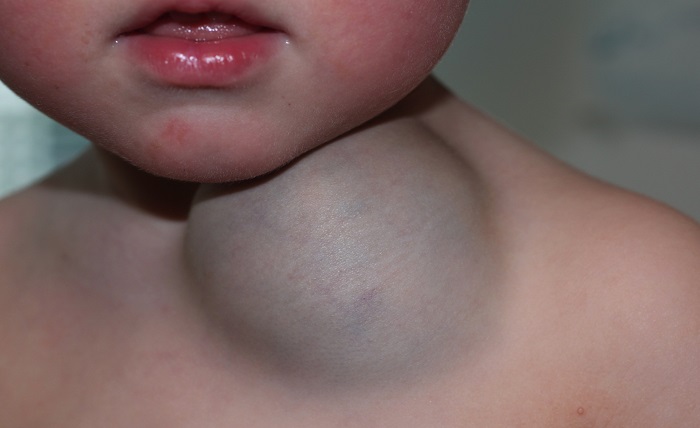Venous malformations can be an unexpected surprise. These hidden clusters of blood vessels are typically present from birth, yet they often remain unnoticed until they manifest noticeable symptoms. Understanding these formations is crucial for maintaining good health and ensuring that they do not affect your daily life. This blog post will explore venous malformations, their diagnosis, and management strategies to improve health outcomes.
Understanding Venous Malformations
Venous malformations are abnormal clusters of veins that usually form during fetal development. They are non-cancerous but can cause significant discomfort or complications. These malformations can occur anywhere in the body but are most commonly found in the skin, muscles, and internal organs. By learning about venous malformations, you’re taking the first step toward better managing your health.
How Common Are Venous Malformations?
Venous malformations are not as rare as you might think. They affect approximately 1% of the population. While they are congenital, meaning they’re present at birth, they might not become apparent until later in life. Some people may carry them for years without knowing, while others might notice them as they grow or change over time. It’s important to be aware of the signs so you can seek medical advice if needed.
Signs and Symptoms to Watch For
Venous malformations can vary in appearance and severity. Common signs include discoloration of the skin, palpable masses, and pain or swelling in affected areas. These symptoms can worsen with physical activity, hormonal changes, or injury. Being able to recognize these signs is essential for timely diagnosis and management.
Diagnosis of Venous Malformations
Diagnosing venous malformations can be a complex process. Healthcare providers typically use a combination of physical examinations and imaging tests, such as ultrasound, MRI, or CT scans, to confirm the presence and extent of a malformation. It’s crucial to consult with a healthcare professional who specializes in vascular anomalies for an accurate diagnosis.
Importance of Early Detection
Early detection of venous malformations can significantly improve management outcomes. By identifying these formations early, healthcare providers can monitor their progress and determine the best course of action to prevent complications. Regular check-ups and imaging can help track any changes in size or symptoms, allowing for proactive management.
Treatment Options
Treatment for venous malformations varies based on their size, location, and symptoms. In some cases, observation and monitoring might be the best approach. For others, interventions such as sclerotherapy, laser therapy, or surgery may be necessary. It’s important to work with a healthcare team experienced in venous malformations to determine the most appropriate treatment plan for your situation.
Sclerotherapy Explained
Sclerotherapy is a common treatment for venous malformations. It involves injecting a solution directly into the malformation, causing it to collapse and shrink. This minimally invasive procedure can help alleviate symptoms and improve the appearance of the affected area. Patients typically experience minimal discomfort and can return to normal activities shortly after the procedure.
The Role of Laser Therapy
Laser therapy uses focused light to target and treat venous malformations. It can be particularly effective for small, superficial malformations, reducing their size and relieving symptoms. Laser therapy is often used in conjunction with other treatments to achieve the best results. Consult with your healthcare provider to determine if this option is suitable for your condition.
Surgical Interventions
In some cases, surgery may be necessary to remove venous malformations. Surgical options vary depending on the malformation’s location and size. While surgery can be more invasive, it may be the most effective solution for larger or more complex malformations. Your healthcare team will discuss the risks and benefits to help you make an informed decision.
Living with Venous Malformations
Living with venous malformations can be challenging, but understanding your condition and working closely with your healthcare team can make a significant difference. Regular follow-ups, lifestyle modifications, and adherence to recommended treatments can help you manage your symptoms and maintain a high quality of life.
Varicose Vein Treatment
If you or someone you know is seeking varicose vein treatment in Tulsa, there are several reputable clinics and specialists available. These healthcare professionals can provide personalized care and treatment options tailored to your needs. Don’t hesitate to reach out for assistance and guidance in managing your venous malformations.
Final Thoughts
Venous malformations may be silent and complex, but with proper diagnosis and management, they don’t have to disrupt your life. By staying informed and proactive, you can ensure better health outcomes and a higher quality of life. If you suspect you have a venous malformation or have been diagnosed with one, reach out to a specialist for guidance on the best course of action.




